Home>Furniture>Outdoor Furniture>What Do You Call A Patio Cover
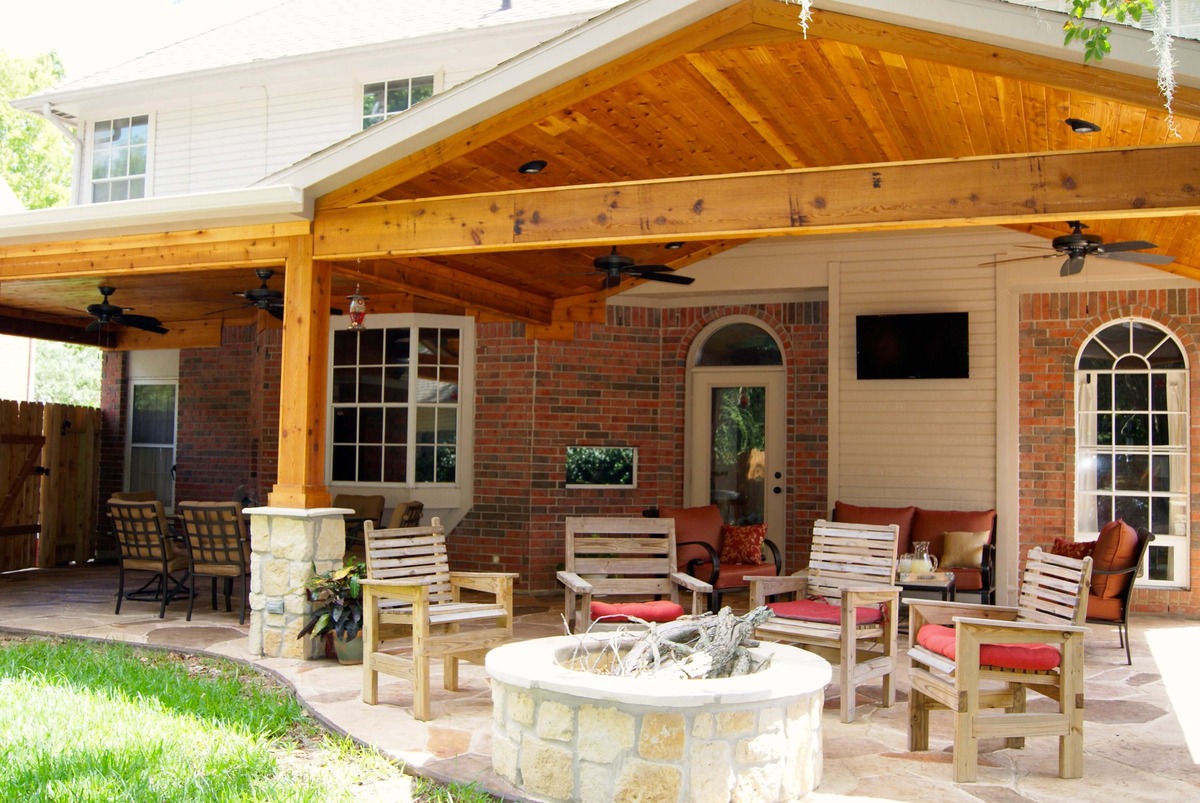

Outdoor Furniture
What Do You Call A Patio Cover
Modified: March 7, 2024
Discover the perfect patio cover for your outdoor furniture. Enhance your outdoor space with a stunning and practical patio cover that complements your outdoor-furniture style.
(Many of the links in this article redirect to a specific reviewed product. Your purchase of these products through affiliate links helps to generate commission for Storables.com, at no extra cost. Learn more)
Introduction
Welcome to our comprehensive guide on patio covers! If you enjoy spending time outdoors and want to enhance your outdoor living space, a patio cover can be a fantastic addition. Not only does it provide protection from the elements, but it also adds beauty and functionality to your patio area.
In this article, we will delve into the various aspects of patio covers, from their definition and types to the benefits they offer and factors to consider when choosing one. We will also discuss installation and maintenance tips and provide insights into the cost of patio covers.
Whether you’re looking to create a comfortable space for outdoor entertaining or simply seeking some shade on a sunny day, a patio cover is an ideal solution. So, let’s delve into the world of patio covers and discover how they can transform your outdoor living experience.
Key Takeaways:
- Patio covers provide shade, weather protection, and enhance outdoor living spaces. They come in various types and offer benefits such as extended living space, increased home value, and energy efficiency.
- When choosing a patio cover, consider factors like functionality, materials, design, size, permits, budget, and maintenance. Proper installation and regular upkeep are essential for longevity and enjoyment.
Read more: What Is A Patio Cover Called
Definition of a Patio Cover
A patio cover is a structure designed to provide shade and protection to an outdoor area, typically attached to the exterior of a house or supported by columns. It serves as an extension of your home, creating a transition between indoor and outdoor spaces while offering a sheltered area for relaxation, entertaining, and enjoying the outdoors.
Patio covers can be made from a variety of materials, including wood, metal, and vinyl. They are available in different styles, such as pergolas, awnings, or solid roof covers, allowing you to choose the design that best suits your preferences and complements your home’s architecture.
One of the primary functions of a patio cover is to shield the area below it from the sun’s harsh rays. By providing shade, it helps to keep the space cool and comfortable, especially during hot summer days. This not only makes it more enjoyable to spend time outdoors but also helps protect your furniture, plants, and other outdoor elements from fading or damage caused by prolonged exposure to direct sunlight.
In addition to sun protection, patio covers also offer shelter from other weather elements, including rain, snow, and wind. With a solid roof or an attached pergola with a retractable canopy, you can enjoy your outdoor space even when it’s drizzling or slightly windy.
Furthermore, patio covers can enhance the aesthetics of your home’s exterior. They come in a range of designs, allowing you to choose a style that complements your home’s architecture and adds visual appeal to your outdoor area. Whether you prefer a sleek and modern look or a rustic and charming ambiance, there is a patio cover design to suit your taste.
Overall, a patio cover serves as a versatile and functional addition to your outdoor living space. It not only provides shelter and protection but also adds value to your property. Whether you have a small patio or a sprawling backyard, a patio cover can transform your outdoor area into a comfortable and inviting space that can be enjoyed year-round.
Types of Patio Covers
When it comes to patio covers, there are several types to choose from, each offering its own unique features and benefits. Let’s explore some of the most popular types of patio covers:
- Pergolas: Pergolas are a popular choice for patio covers, thanks to their open design and attractive aesthetic. They consist of a series of vertical posts supporting crossbeams and an open lattice roof. Pergolas provide partial shade and allow airflow, making them ideal for those who still want to enjoy the sun while having some protection from the elements.
- Awnings: Awnings are another common type of patio cover. They are fabric or metal covers that can be extended or retracted as needed. Awnings provide excellent shade and can be motorized or manually operated. They are versatile and come in various styles, including retractable awnings, freestanding awnings, and window awnings.
- Aluminum Covers: Aluminum patio covers are durable and low maintenance. They are known for their strength and ability to withstand harsh weather conditions. Aluminum covers come in different styles, including solid roof panels or lattice designs. They can be customized to fit your patio’s dimensions and are available in a variety of colors.
- Retractable Canopies: Retractable canopies are a versatile option for patio covers. They consist of a fabric cover that can be extended or retracted using a motorized system. Retractable canopies offer flexibility, allowing you to easily adjust the amount of shade depending on your preference. They are ideal for those who want the convenience of shade when needed but prefer an open sky when desired.
- Solid Roof Covers: Solid roof covers, often made of materials like wood or insulated panels, provide complete protection from the sun, rain, and other elements. They create a more enclosed space and can be ideal for those who want a fully shaded and sheltered patio area. Solid roof covers can be designed to integrate seamlessly with the architecture of your home.
- Gazebos: While not strictly considered patio covers, gazebos can serve a similar purpose. Gazebos are standalone structures with a roof and open sides. They provide a covered space for outdoor gatherings and can be a charming addition to your backyard. Gazebos are available in various designs, sizes, and materials.
Each type of patio cover has its own advantages and considerations, so it’s important to assess your needs and aesthetic preferences when selecting the right one for your outdoor space. Whether you prefer a light and airy feel or complete coverage, there is a patio cover type that can meet your requirements and transform your patio into a functional and stylish outdoor retreat.
Benefits of Patio Covers
Adding a patio cover to your outdoor space comes with a multitude of benefits. Let’s explore some of the advantages that patio covers offer:
- Protection from the Elements: One of the main benefits of a patio cover is the protection it provides from the elements. Whether it’s shielding you from the scorching sun, keeping you dry during a light rain shower, or providing a barrier from the wind, a patio cover allows you to enjoy your outdoor space in comfort regardless of the weather conditions.
- Extended Outdoor Living Space: By adding a patio cover, you essentially extend your available living space. It creates a designated area for outdoor activities and relaxation, allowing you to utilize your patio more often. Whether you want to dine al fresco, host gatherings with friends and family, or simply unwind with a book, a patio cover offers a comfortable and inviting space to do so.
- Increased Home Value: A well-designed and functional patio cover can significantly enhance the value of your home. It not only adds aesthetic appeal and improves the overall look of your property, but it also provides an additional selling point for potential buyers who appreciate outdoor living spaces. Investing in a patio cover can be a wise financial decision that offers a high return on investment.
- Protection for Outdoor Furniture: Patio covers help to protect your outdoor furniture from the damaging effects of the sun, rain, and other weather elements. With a patio cover, you can prolong the life of your outdoor furniture by preventing fading, warping, or other forms of damage. This saves you money and ensures that your patio furniture remains in excellent condition for longer.
- Energy Efficiency: Depending on the design and materials used, a patio cover can contribute to energy efficiency. By providing shade, it helps to reduce the amount of direct sunlight that enters your home, thus lowering indoor temperatures. This can result in reduced cooling costs during hot summer months. Additionally, in colder seasons, a properly insulated patio cover can help retain heat from your home.
- Enhanced Aesthetics: Patio covers come in a variety of styles, materials, and designs, allowing you to choose one that complements your home’s architecture and personal aesthetic. Whether you prefer a modern, sleek look or a traditional, rustic charm, a patio cover can enhance the beauty of your outdoor space and create a cohesive integration with the overall design of your home.
By considering these benefits, it’s evident that a patio cover is more than just a shelter – it’s an investment that brings numerous advantages to both your outdoor living experience and your home’s value. With a patio cover, you can create a comfortable and functional outdoor oasis that can be enjoyed all year round.
Factors to Consider When Choosing a Patio Cover
When selecting a patio cover for your outdoor space, there are several important factors to consider. Let’s take a look at these key considerations to help you make an informed decision:
- Functionality: Determine how you plan to use your patio cover. Are you looking for full shade and weather protection, or do you prefer a more open and airy feel? Consider the level of coverage you need and how the patio cover will enhance your outdoor living experience.
- Material: Patio covers are available in various materials like wood, metal, vinyl, and fabric. Each material has its own benefits and considerations. For instance, wood offers a natural look but requires regular maintenance, while aluminum is durable and low maintenance. Consider the weather conditions in your area and the level of maintenance you’re willing to undertake when selecting a material.
- Design and Style: Consider the design and style of your patio cover to ensure it complements your home’s architecture and your personal aesthetic. From traditional to modern designs, there are numerous options to choose from. Take into account the overall look and feel of your outdoor space and select a patio cover that harmonizes with the existing elements.
- Size and Dimensions: Measure your patio area accurately to determine the appropriate size of the patio cover. Consider the available space and the desired coverage area. This will help you select a patio cover that fits perfectly and maximizes the functionality of your outdoor space.
- Permits and Regulations: Check with your local authorities regarding any permits or regulations that may be required for installing a patio cover. Some areas have specific guidelines on size, height, and materials. It’s important to comply with these regulations to avoid any issues in the future.
- Budget: Determine your budget for the patio cover project. Consider not only the initial cost of the cover but also any additional expenses, such as installation, maintenance, and potential repairs. It’s essential to strike a balance between your desired features and your budget to ensure a successful and financially feasible investment.
- Professional Installation: Consider whether you want to install the patio cover yourself or hire a professional. Keep in mind that certain types of patio covers may require specialized knowledge and tools for proper installation. Hiring a professional ensures a high-quality installation and can save you time and potential headaches.
- Maintenance: Different patio cover materials have different maintenance requirements. Consider how much time and effort you’re willing to dedicate to the upkeep of your patio cover. Wood covers may require staining and sealing, while aluminum covers may only require occasional cleaning. Make sure to choose a patio cover that aligns with your maintenance preferences and schedule.
By considering these factors, you can ensure that you select a patio cover that meets your specific needs, preferences, and budget. Remember to weigh the pros and cons of each factor carefully to make an informed decision that will enhance your outdoor living space for years to come.
A patio cover is also known as a pergola or a veranda. It provides shade and protection from the elements for your outdoor space.
Read more: What Is A Covered Patio Called
Installation and Maintenance of Patio Covers
Proper installation and maintenance are crucial to ensure the longevity and functionality of your patio cover. Let’s explore some guidelines for both installation and maintenance:
Installation:
1. Plan and Prepare: Begin by carefully planning the installation process. Measure the area accurately and determine the placement of the patio cover. Ensure that the ground is level and stable to provide a solid foundation for the support columns or posts.
2. Obtain Necessary Permits: Check with your local building department to determine if any permits are required for installing a patio cover. Follow their guidelines and obtain the necessary permits before starting the installation.
3. Choose Quality Materials: Select high-quality materials that are designed to withstand the elements. This includes choosing durable supports, such as galvanized steel or pressure-treated wood, and weather-resistant roof materials like metal or UV-resistant fabric.
4. Follow Manufacturer’s Instructions: Read and follow the manufacturer’s instructions carefully during the installation process. Each patio cover may have specific requirements and guidelines that should be followed to ensure a proper and secure installation.
5. Secure the Structure: Take precautions to properly secure the patio cover to the exterior of your home or to the support columns. Ensure that all connections are securely fastened to prevent any potential damage or instability.
6. Hire Professional Help if Needed: If you’re unsure about the installation process, or if you lack the necessary tools and skills, it’s recommended to hire a professional contractor. They have the expertise needed to install the patio cover correctly and efficiently.
Maintenance:
1. Clean Regularly: Keep your patio cover clean by regularly removing dirt, leaves, and debris. Use a broom or a gentle spray of water to clean the surface, depending on the material.
2. Inspect for Damage: Periodically inspect your patio cover for any signs of damage, such as loose or broken parts, rust, or torn fabric. Address any issues promptly to prevent further damage and ensure the longevity of your patio cover.
3. Follow Care Guidelines: Different materials require different care methods. Follow the manufacturer’s guidelines for the specific materials of your patio cover. This may include applying sealant, re-staining wood, or using protective coatings for metal covers.
4. Trim Overhanging Branches: If your patio cover is located near trees or bushes, regularly trim overhanging branches to prevent leaves, sap, or other debris from accumulating on the cover. This will help maintain its appearance and prevent potential damage.
5. Inspect Roof Integrity: For patio covers with a solid roof, inspect the integrity of the roof periodically. Check for any leaks, cracks, or signs of deterioration and address them promptly to prevent water damage or other issues.
6. Consider Seasonal Maintenance: Depending on your climate, you may need to take additional maintenance steps seasonally. For example, winterizing your patio cover in colder regions or applying additional UV protection in sunny areas.
By following proper installation guidelines and regularly maintaining your patio cover, you can ensure that it remains in good condition and continues to provide functionality and aesthetic appeal for years to come.
Cost of Patio Covers
When it comes to the cost of patio covers, there are several factors to consider that can influence the overall price. Let’s take a closer look at these factors and get an idea of what to expect in terms of cost.
1. Materials: The choice of materials has a significant impact on the cost of a patio cover. Common materials include wood, metal, vinyl, and fabric. The prices for these materials can vary greatly, with metal and fabric covers typically being more affordable than wood covers. However, keep in mind that more expensive materials may offer better durability and longevity.
2. Size and Complexity: The size of your patio and the complexity of the cover design will also affect the cost. Larger patio areas will require more materials and labor, resulting in higher expenses. Additionally, if you opt for a more intricate design or customization, such as integrated lighting or advanced features, it will increase the overall cost of the patio cover.
3. Style and Accessories: The style and accessories you choose for your patio cover will impact the cost. For example, a basic pergola-style cover will generally be less expensive than a solid roof cover with motorized retractable screens or built-in fans. Consider the features and accessories you desire, and keep in mind that additional customization will increase the price.
4. Installation Costs: The cost of installation can vary depending on the complexity of the project, local labor rates, and whether you choose to hire a professional or install it yourself. Hiring a professional contractor will typically incur additional costs, but it ensures a proper and efficient installation.
5. Maintenance and Upkeep: It’s important to consider the long-term costs associated with maintenance and upkeep. Wood patio covers, for example, may require regular staining and sealing to maintain their appearance and durability. Metal or vinyl covers require less maintenance but may require occasional cleaning. Factor in the cost of maintenance when considering your overall budget.
6. Additional Factors: Other factors that can influence the cost include geographic location, permits, and any additional site preparations required. Some areas might have specific building codes or regulations that need to be followed, which could result in additional costs for permits or modifications to meet compliance.
As a rough estimate, the cost of a basic patio cover can range from a few hundred dollars for a DIY awning to several thousand dollars for a professionally installed, custom-designed solid roof cover. The best way to get an accurate idea of the cost is to consult with multiple contractors and obtain detailed quotes based on your specific requirements.
Remember, investing in a high-quality patio cover can add value to your home and provide years of enjoyment. Consider your budget, priorities, and the long-term benefits when making your decision.
Read more: What Do You Call A Covered Walkway
Conclusion
In conclusion, a patio cover is a valuable addition to your outdoor living space that offers a range of benefits. Whether you’re looking to create a shaded oasis, protect your furniture from the elements, or extend your outdoor entertaining area, a patio cover can fulfill your needs and enhance your outdoor experience.
When choosing a patio cover, consider factors such as functionality, materials, design, size, permits, budget, and maintenance to ensure that you make an informed decision. Select a patio cover that aligns with your preferences, complements your home’s architecture, and provides the level of protection and style you desire.
Proper installation is crucial to ensure the stability and longevity of your patio cover. Follow manufacturer instructions or hire a professional to ensure a secure and durable installation. Regular maintenance will also help keep your patio cover in excellent condition, prolong its lifespan, and protect your investment.
While the cost of a patio cover can vary depending on factors such as materials, size, style, and installation, it is a worthwhile investment that adds value to your home, increases the functionality of your outdoor space, and provides a comfortable and appealing area for relaxation and entertainment.
As you navigate the world of patio covers, take the time to explore different options, gather multiple quotes, and seek professional advice if needed. By doing so, you can select a patio cover that meets your specific needs, enhances your outdoor living space, and brings years of enjoyment.
So, why wait? Transform your patio into a beautiful and functional space with a patio cover, and enjoy the benefits it brings to your outdoor lifestyle. Create the perfect haven for relaxation, entertaining, and making cherished memories with family and friends.
Frequently Asked Questions about What Do You Call A Patio Cover
Was this page helpful?
At Storables.com, we guarantee accurate and reliable information. Our content, validated by Expert Board Contributors, is crafted following stringent Editorial Policies. We're committed to providing you with well-researched, expert-backed insights for all your informational needs.
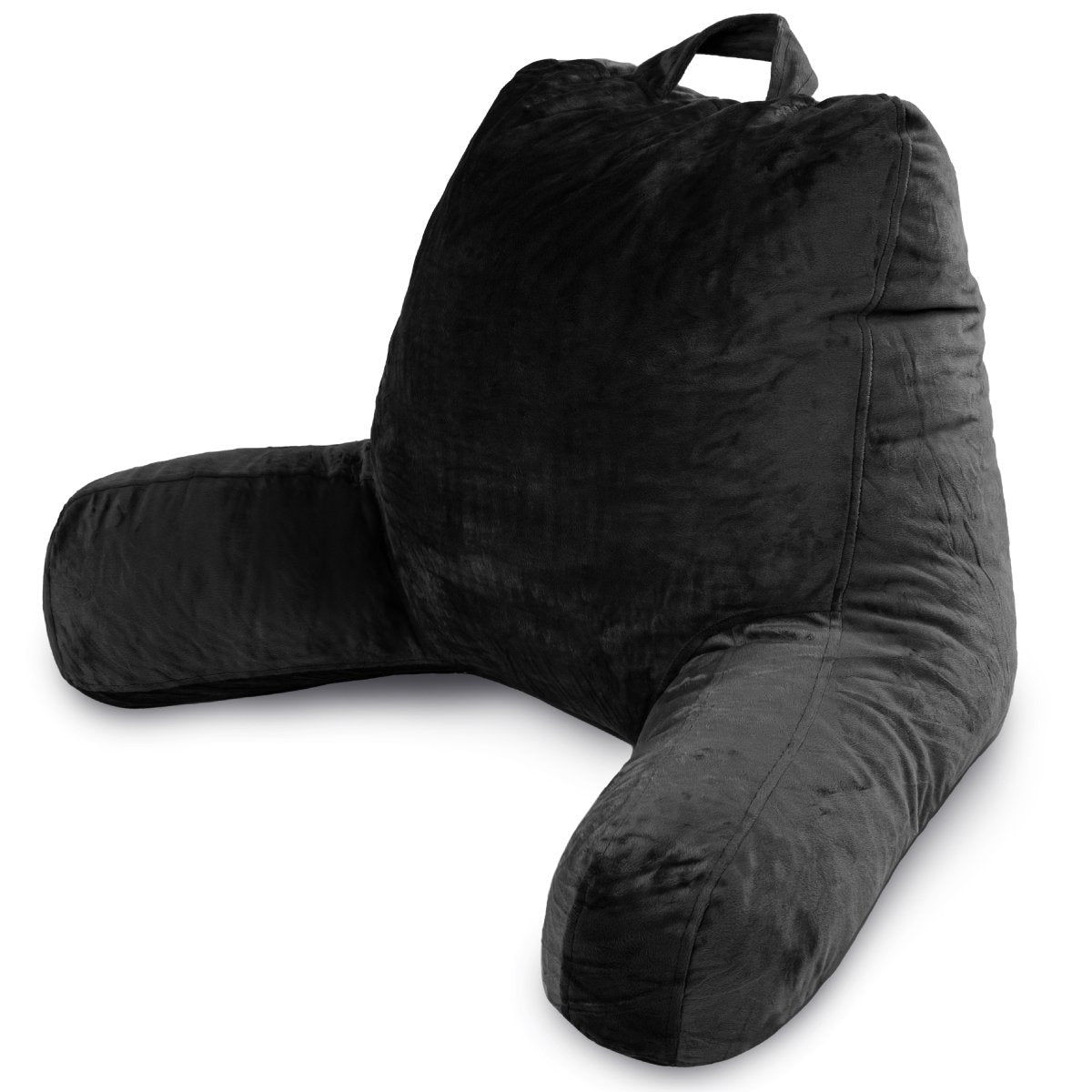

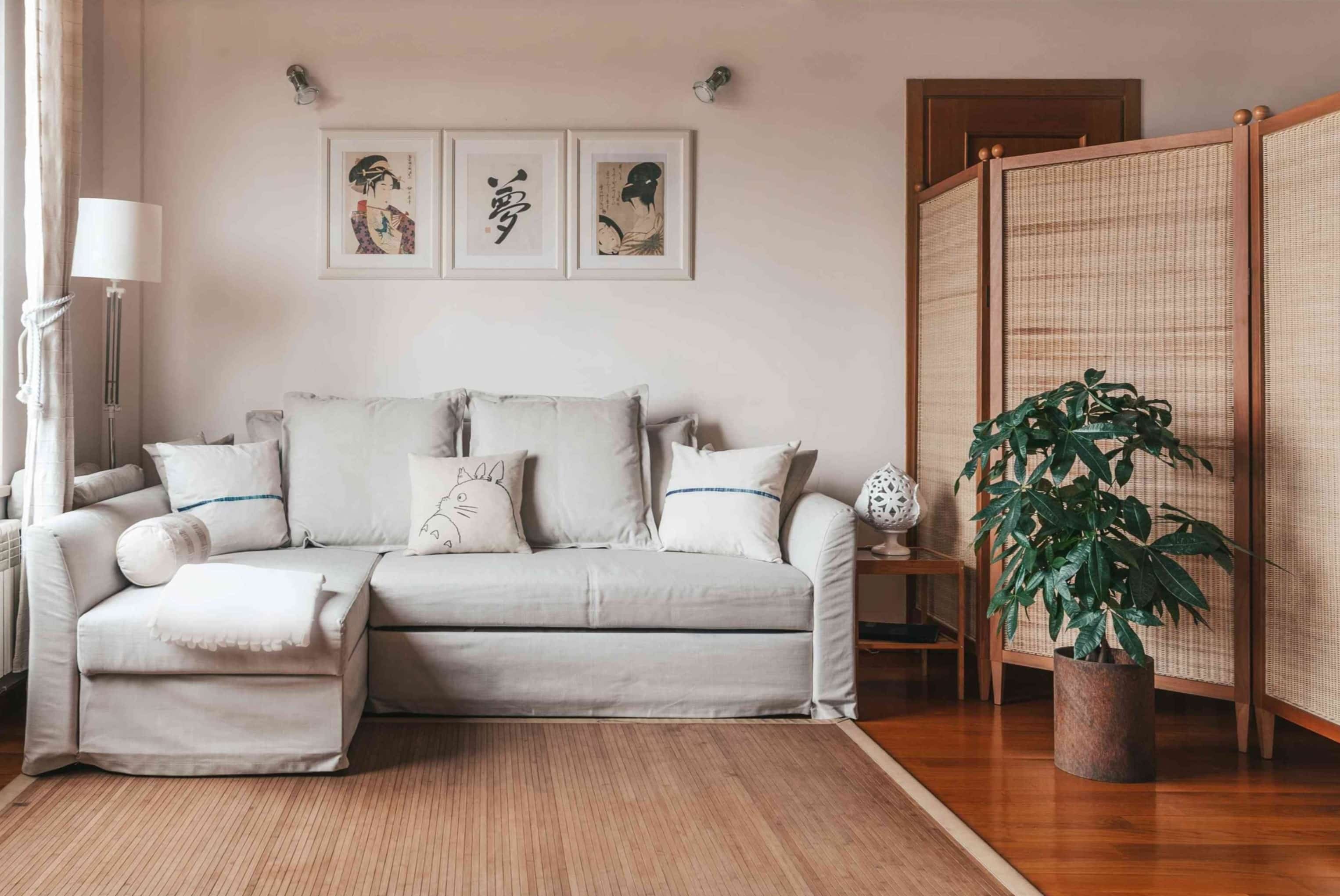
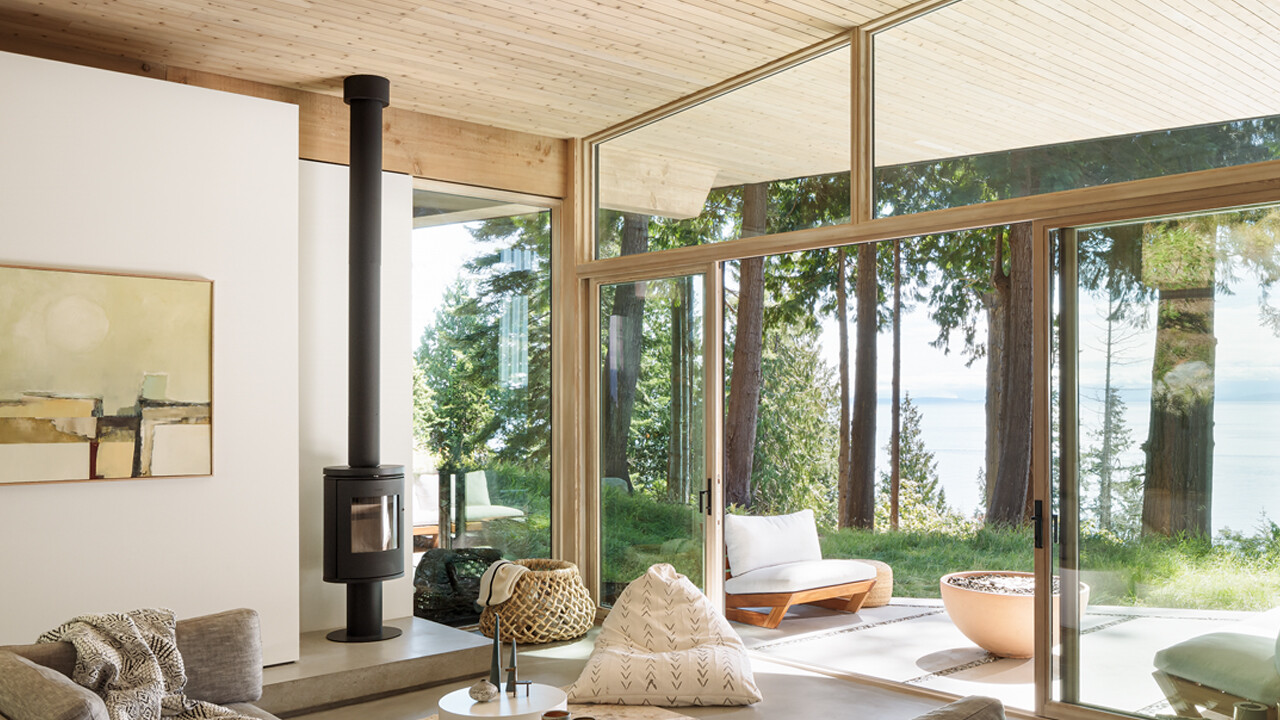

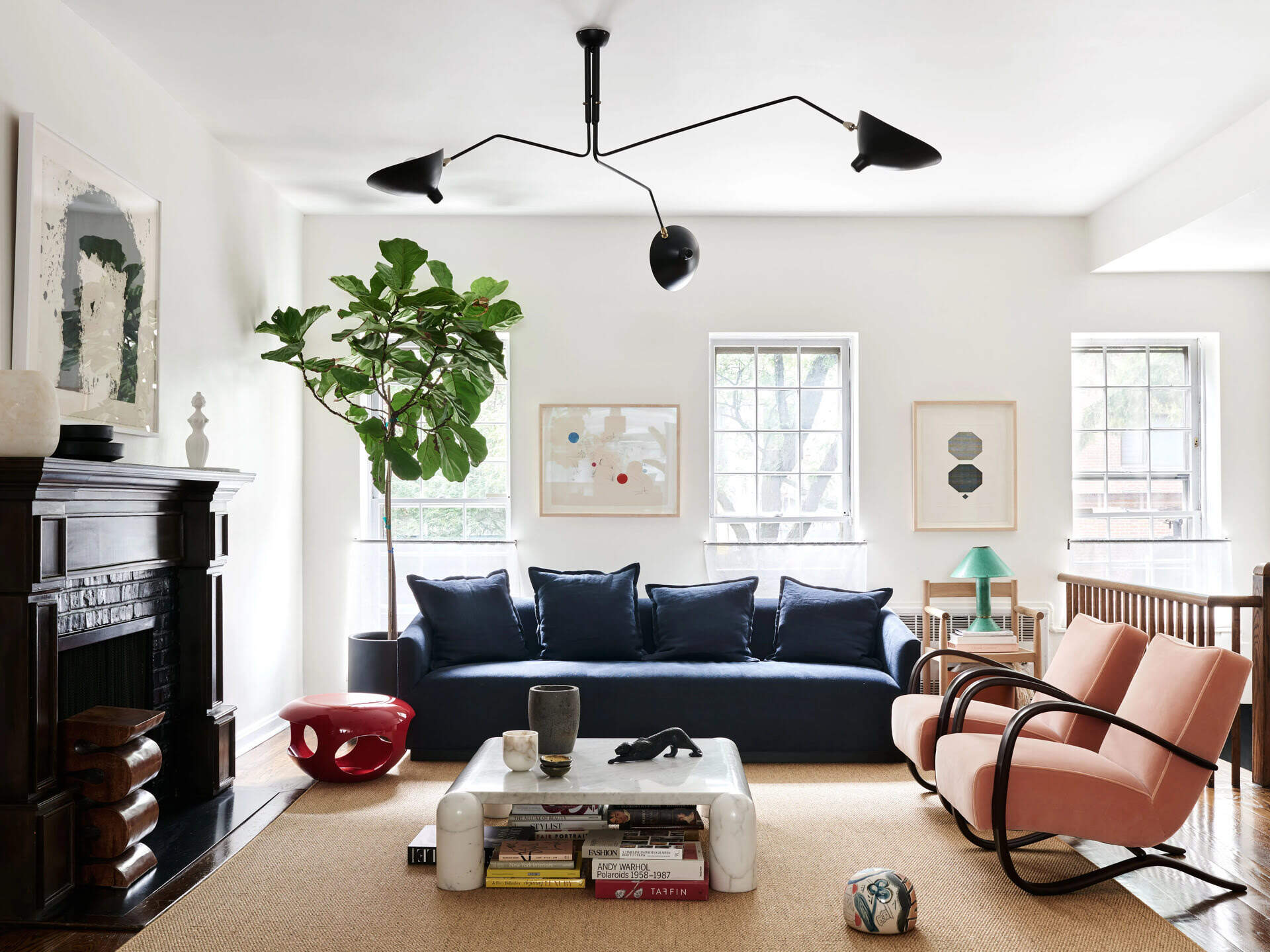

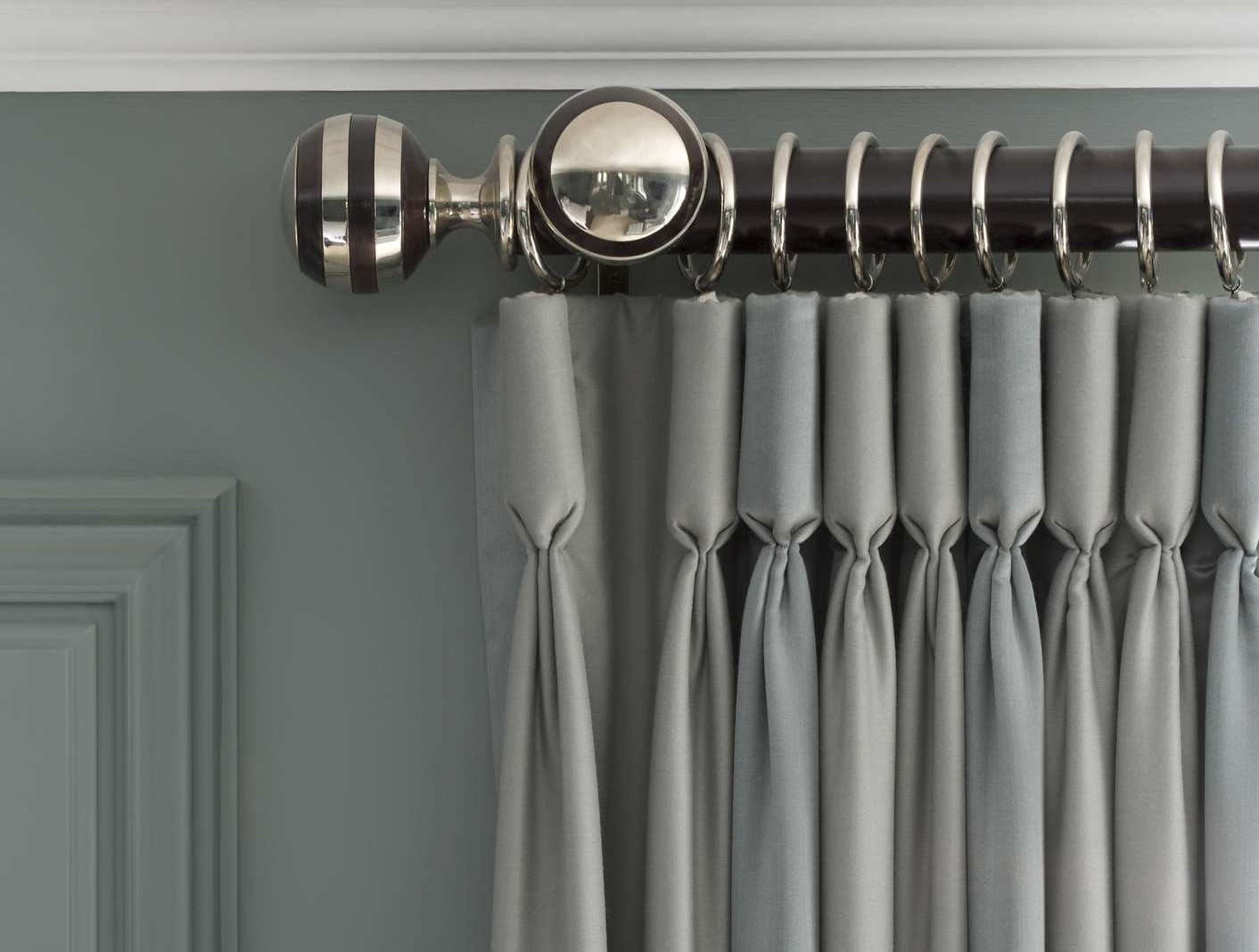

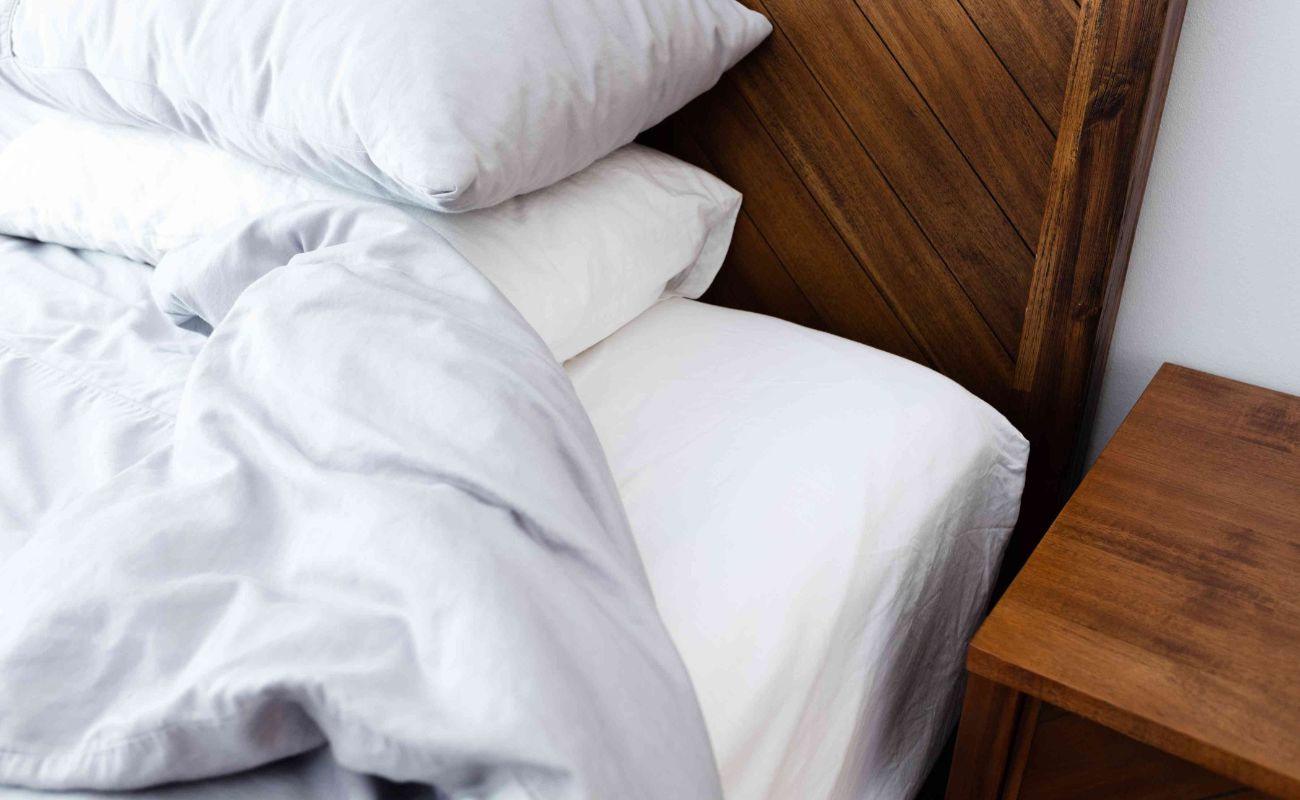

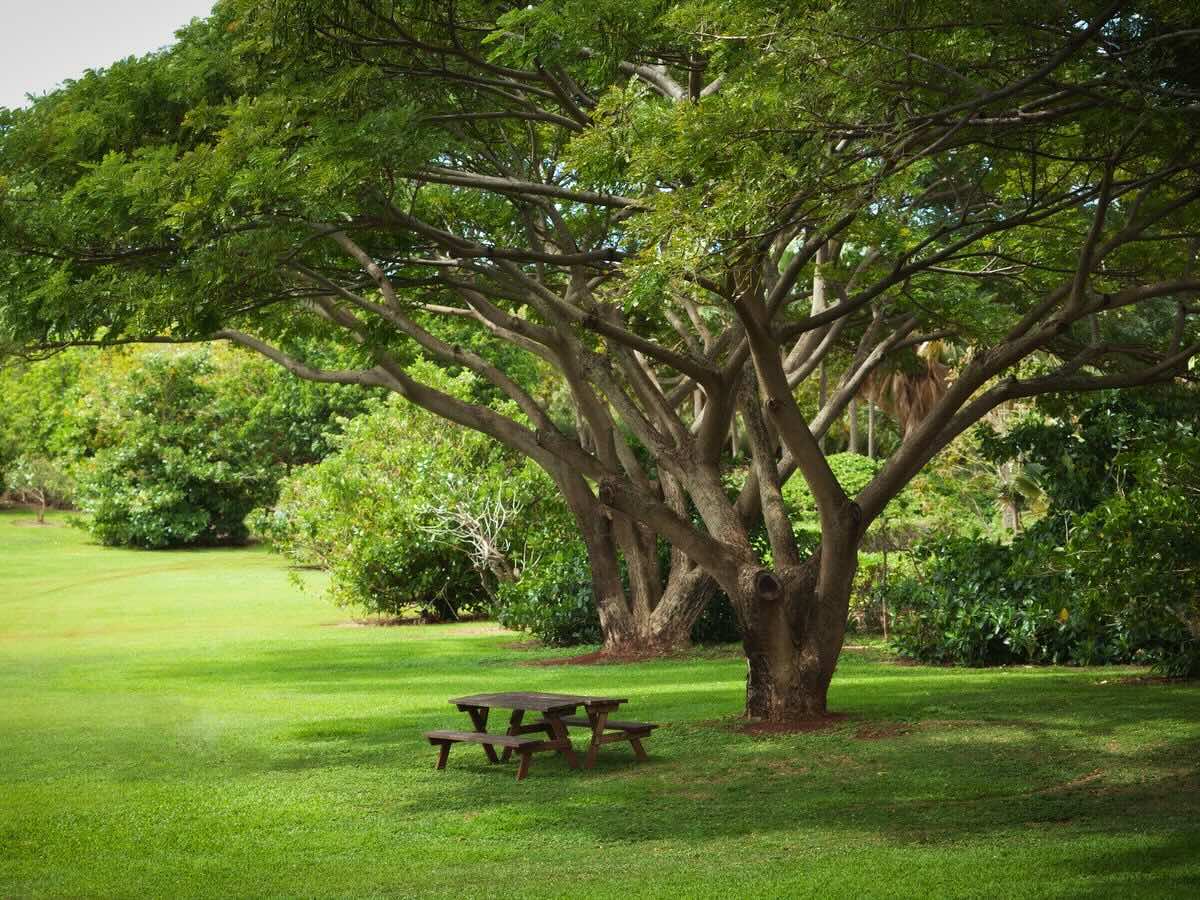


0 thoughts on “What Do You Call A Patio Cover”